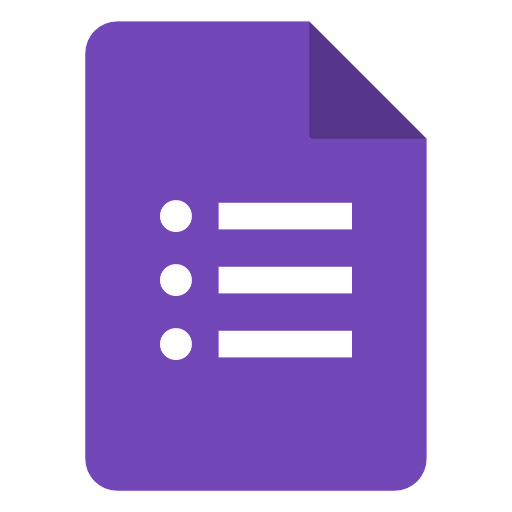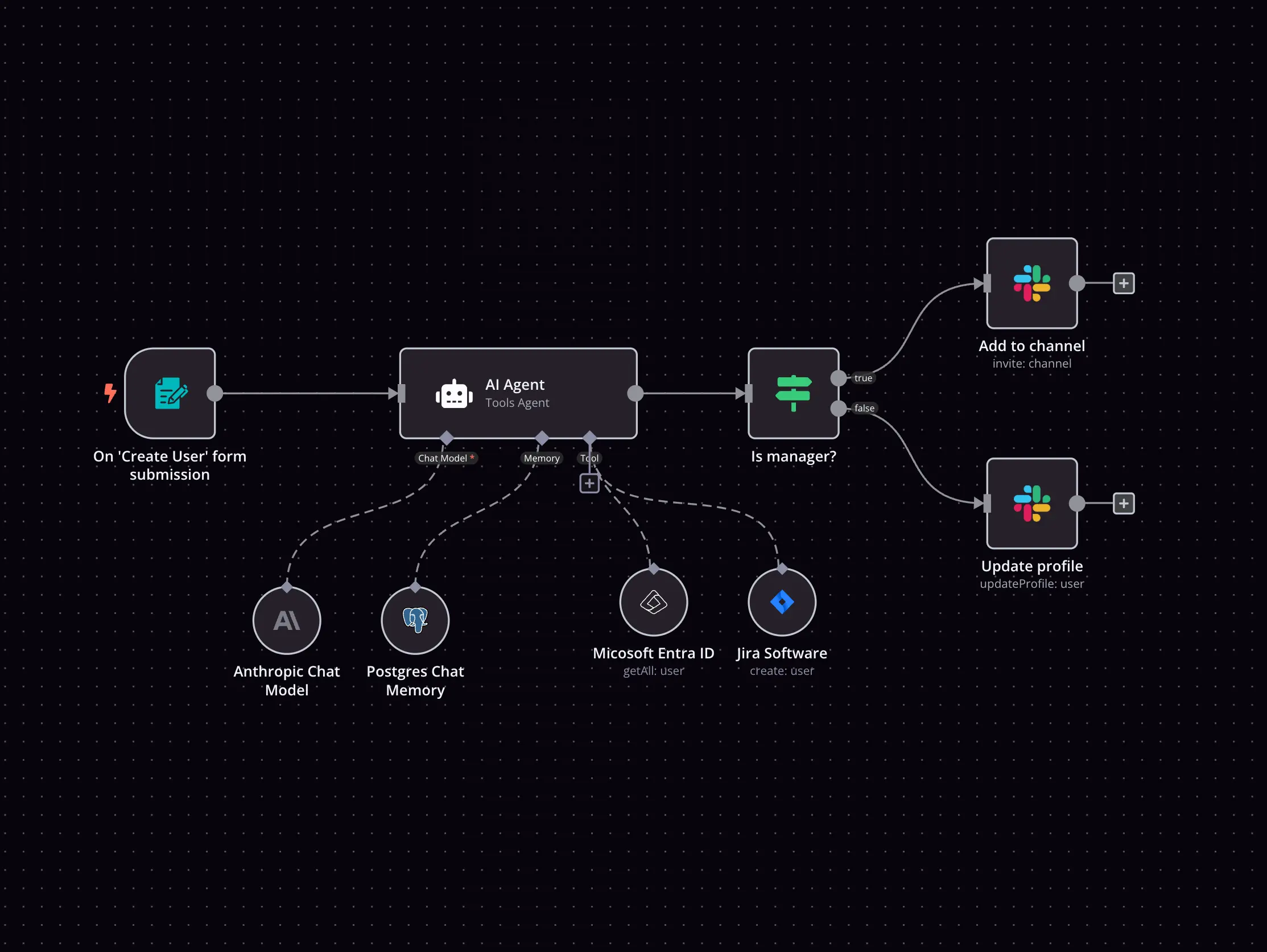Calendly and Google Forms integration
Save yourself the work of writing custom integrations for Calendly and Google Forms and use n8n instead. Build adaptable and scalable Productivity, workflows that work with your technology stack. All within a building experience you will love.

How to connect Calendly and Google Forms
Create a new workflow and add the first step
In n8n, click the "Add workflow" button in the Workflows tab to create a new workflow. Add the starting point – a trigger on when your workflow should run: an app event, a schedule, a webhook call, another workflow, an AI chat, or a manual trigger. Sometimes, the HTTP Request node might already serve as your starting point.
Build your own Calendly and Google Forms integration
Create custom Calendly and Google Forms workflows by choosing triggers and actions. Nodes come with global operations and settings, as well as app-specific parameters that can be configured. You can also use the HTTP Request node to query data from any app or service with a REST API.
Supported API Endpoints for Calendly
Create webhook subscription
Creates a new webhook subscription to receive data about scheduled events.
Create webhook subscription
Makes a POST request to create a webhook subscription.
Create webhook subscription
Receive data from scheduled events in real time with webhook subscriptions.
Create webhook subscription
Create a webhook subscription to receive data from scheduled events in real-time.
Create webhook subscription
Creates a webhook subscription that sends real-time data to your server.
Create webhook subscription
Make a POST request to create a webhook subscription for scheduled events.
Get event invitee
Uses a GET request to retrieve data about an invitee from a scheduled event.
Report on scheduled events
Track and report on all scheduled events across your organization.
Get event invitee
Use the GET request endpoint to retrieve data about an invitee for a specific scheduled event.
View availability data
View event type and user calendar availability data.
Share meeting links
Get scheduling page links for team members across the organization.
Embed Calendly
Display the scheduling page for users of your app.
Create webhook subscription
Creates a subscription to receive data from scheduled events in real-time.
Create personal access token
Generate a personal access token to authenticate with the Calendly API.
To set up Calendly integration, add the HTTP Request node to your workflow canvas and authenticate it using a generic authentication method. The HTTP Request node makes custom API calls to Calendly to query the data you need using the API endpoint URLs you provide.
See the example hereThese API endpoints were generated using n8n
n8n AI workflow transforms web scraping into an intelligent, AI-powered knowledge extraction system that uses vector embeddings to semantically analyze, chunk, store, and retrieve the most relevant API documentation from web pages. Remember to check the Calendly official documentation to get a full list of all API endpoints and verify the scraped ones!
Supported API Endpoints for Google Forms
Create form
Creates a new form.
Get form
Retrieves the details of a specific form.
Batch update form
Change the form with a batch of updates.
Create form
Create a new form using the title given in the provided form message in the request.
Get form
Get a form.
Create form
Creates a new form.
Get form
Retrieves a specific form by its ID.
List forms
Retrieve a list of forms available to the user.
Batch update form
Change the form with a batch of updates.
Create form
Create a new form using the title given in the provided form message in the request.
Get form
Get a form.
Get responses
Retrieves responses for a specific form.
List responses
Lists responses for a specific form.
Get response
Get one response from the form.
List responses
List a form's responses.
Get responses
Retrieves responses for a specific form.
List responses
Lists all responses for a specific form.
Create watch
Creates a watch on a specific form.
Delete watch
Deletes a watch on a specific form.
List watches
Lists all watches for a specific form.
Renew watch
Renews a watch for a specific form.
Create watch
Create a new watch.
Delete watch
Delete a watch.
Renew watch
Renew an existing watch for seven days.
Create watch
Sets up a watch on a form to receive notifications.
Delete watch
Deletes the watch that was set up for a form.
List watches
Lists all watches set up for a specific form.
Renew watch
Renews an existing watch for a form.
To set up Google Forms integration, add the HTTP Request node to your workflow canvas and authenticate it using a generic authentication method. The HTTP Request node makes custom API calls to Google Forms to query the data you need using the API endpoint URLs you provide.
See the example hereThese API endpoints were generated using n8n
n8n AI workflow transforms web scraping into an intelligent, AI-powered knowledge extraction system that uses vector embeddings to semantically analyze, chunk, store, and retrieve the most relevant API documentation from web pages. Remember to check the Google Forms official documentation to get a full list of all API endpoints and verify the scraped ones!
Calendly and Google Forms integration details
FAQ
Can Calendly connect with Google Forms?
Can I use Calendly’s API with n8n?
Can I use Google Forms’s API with n8n?
Is n8n secure for integrating Calendly and Google Forms?
How to get started with Calendly and Google Forms integration in n8n.io?
Looking to integrate Calendly and Google Forms in your company?
The world's most popular workflow automation platform for technical teams including
Why use n8n to integrate Calendly with Google Forms
Build complex workflows, really fast


